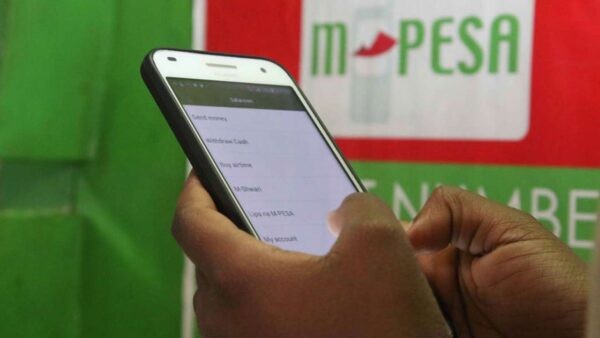Mobile money pushes Kenya’s financial inclusion to 90%

According to the 2025 Global Findex report released by the World Bank, mobile money has been instrumental in expanding account ownership, particularly in low- and middle-income countries
Kenya has recorded a major leap in financial inclusion, with adult account ownership more than doubling in just over a decade, driven mainly by mobile money platforms that continue to change how people manage and borrow money.
Fresh data from the World Bank shows that the proportion of Kenyan adults with financial accounts rose from around 42 per cent in 2011 to 90 per cent in 2024 , marking a 114 per cent rise.
The rapid shift has been linked to the widespread use of mobile money, which remains at the centre of Kenya’s digital finance revolution.
According to the 2025 Global Findex report released by the World Bank, mobile money has been instrumental in expanding account ownership, particularly in low- and middle-income countries
. “Mobile money contributed to the overall increase in account ownership between 2014 and 2024, helping to close financial access gaps by introducing mobile-enabled and digital accounts,” the report states.
In Sub-Saharan Africa, the number of adults using mobile money rose to 40 per cent in 2024, from 27 per cent in 2021. The technology has not only opened more financial accounts but has become the region’s main source of formal credit.
Though the overall level of formal borrowing has remained unchanged since 2021, the report shows that nearly 60 per cent of such borrowing in 2024 was done through mobile money platforms. In Kenya, 32 per cent of adults borrowed from mobile money providers in 2024, and of those who accessed formal credit, 86 per cent used mobile money.
A quarter of all borrowers accessed loans exclusively through mobile money services.
This trend is also clear in neighbouring Uganda, where mobile money is becoming a key driver of credit access, while borrowing from traditional banks and other financial institutions continues to drop.
Despite the progress, the report raises concern over gender disparities in mobile money credit access.
In Kenya, women are still 16 percentage points less likely than men to borrow through mobile money, a gap that reflects ongoing inequalities even as financial inclusion expands.
Experts say that to make the gains more inclusive, efforts must now focus on bridging the gender divide and improving digital finance awareness to ensure everyone can benefit from the expanding mobile financial landscape.
